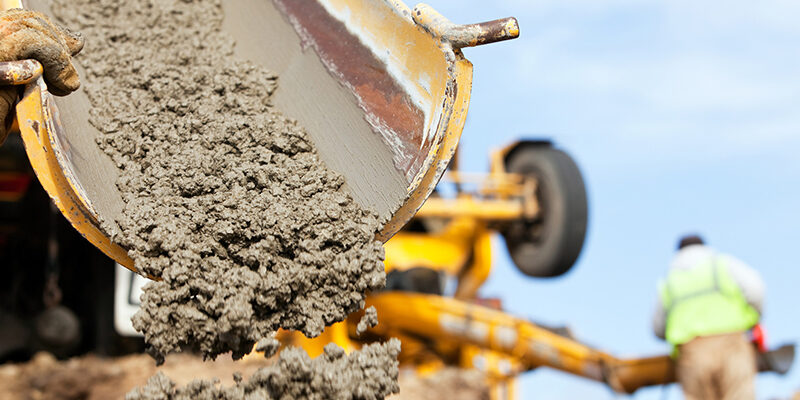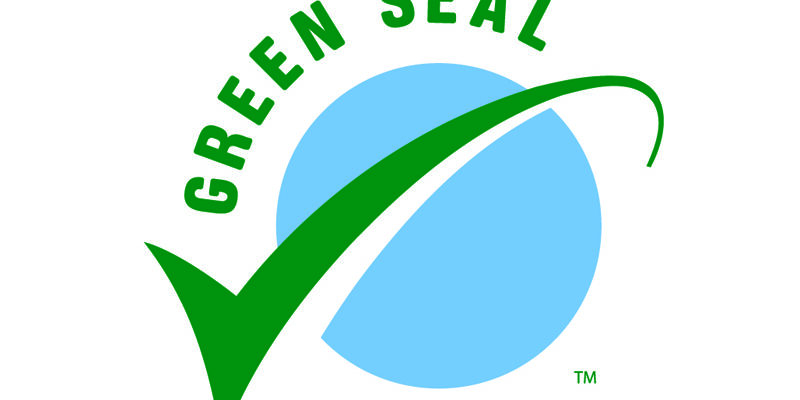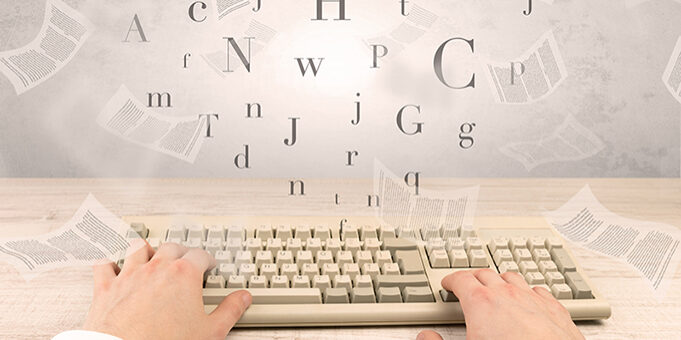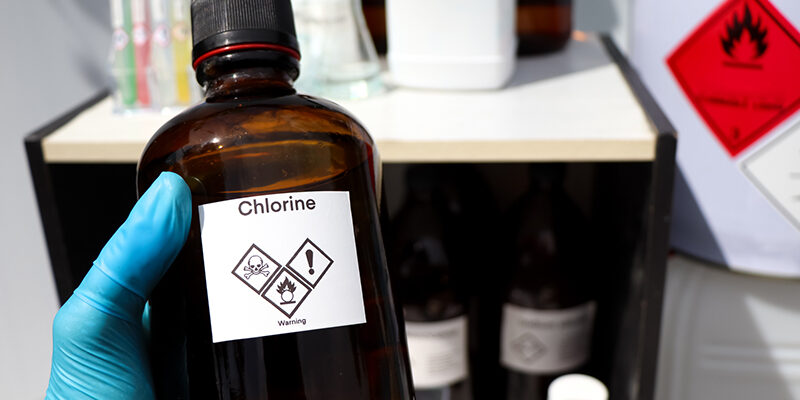The Meter is Running: What to look for in your next moisture meter

Whether you’re just moving into restorative drying or thinking of expanding your toolbox, making the right choice for your purposes when choosing a moisture meter and its accessory tools can be an arduous challenge.
We went to industry manufacturers for tips on what qualities to look for in these essential tools.
Versatility and speed
It’s easy to jump the gun and skip the most basic issue when you begin looking for moisture detection tools — your own goals and purposes.
“The first thing [the user] has to decide is if he wants a pin or pinless meter… Both are used in all industries now,” Grete Heimerdinger, product manager for Lignomat USA Ltd., reminds those in search of a moisture meter. “A pinless meter doesn’t make any holes. In restoration you’re working with finished surfaces, so it’s very nice not to have to make a hole in the floor. But it still doesn’t give you all the information you need to access water damage enough, so then you still may have to use a pin meter.”
While pin meters can measure deeper and also measure materials with curved surfaces, it is more cumbersome and time consuming to take pin measurements, which also leave behind pinholes, Heimerdinger adds.
The greater time required of pin moisture meters can be an issue for some users, especially on large-scale jobs in which many measurements must be taken.
Tramex CEO Andrew Rynhart says, “It is important to take into consideration the amount of material being tested: When taking readings over large areas, the instant and non-destructive meters are the most practical and time saving, also allowing for substantial savings for the building or homeowner by vastly reducing the amount of destructive testing.”
However, pin meters offer precision and depth of measurement unavailable from pinless meters, which can produce false readings when testing thinner materials or when surface moisture is present.
Fortunately, there are many multipurpose tools on the market, which offer combination pin and pinless tools.
“When you’re investigating a moisture problem in different types of materials, or under the surface, you want to be able to take both intrusive and non-intrusive measurements,” according to Sam Ruback, product manager for Flir Systems. “You’ll want a pin and pinless combo meter with expansion probe options, so you have the flexibility to take moisture measurements in any material, even below the surface.”
Some manufacturers even produce pin and pinless combination tools with a thermohygrometer wrapped into the design as well. Protimeter National Accounts Manager Jayne Canty explains, “It gives the user one tool to do more than one job at that given time. It’s just a little easier to have it all in one tool rather than reaching for multiple tools.”
It’s also important when choosing a moisture meter to be sure the meter you choose can measure all the potential types of surfaces you could face. Heimerdinger says her company is working to better calibrate numbers for a wider variety of materials other than solid wood.
Multi-function tools offer one way to speed operations, but Protimeter Global Product Manager Chris Ranwell adds fast-responding hygrometers are another hot topic.
“People don’t want to wait for a hygrometer to measure relative humidity and then go into a dry environment and have to wait for that sensor, sometimes for minutes, to come back down where it needs to be,” Canty explains. “These guys need to do things quickly, and they need to move around from different environments and not have to wait for their hygrometers to catch up with them.”
Accuracy and repeatability
When working on a massive water damage job, finishing readings as quickly as possible may be your topmost thought, but the speed at which you complete the initial measuring will mean little if your readings are inaccurate.
“Pinless moisture meters cannot measure deeper than 3/4 of an inch,” explains Heimerdinger. “When evaluating water damage in hardwood floors, an accurate moisture meter with corrections for different wood species and a low measuring range is needed.”
Getting the damage assessment right the first time saves the restorer later troubles including further damage and misquoted prices. That’s why the majority of the experts agree that proven accuracy in a moisture meter is the absolute most important feature to look for.
“The end user should firstly consider the repeatability and reproducibility of readings so that the readings acquired over time and by different operators are comparable and meaningful,” Rynhart stresses.
The need for a meter that creates highly accurate results, which can be repeated over time, becomes especially apparent in the documentation of your measurements, which, it is important to note, should be kept meticulously. Heimerdinger reminds restorers to keep records of the meter and brand, calibration settings and location for each reading so that readings can be checked against by anyone. And, she adds, calibration check blocks can be added to meters to verify the accuracy of readings.
“Accuracy, great repeatability and quality,” Ranwell confirms, are the key aspects to look for in a meter, specifically those which are “available from manufacturers with reputations for great quality and who stand behind their products.”
Durability and quality
As is the case when investing in any equipment, it is essential to find moisture equipment that will last and stand up to its rigorous implementation in the restoration industry.
“The reliability and durability of the moisture meter is important to consider,” Rynhart attests, “as users should look to make an investment in quality and peace of mind for years of trouble-free use.”
That “peace of mind” that comes with knowing your equipment won’t suddenly malfunction in the middle of important testing is essential, especially in such time-sensitive work. The last thing you should be worrying about on a job is whether your equipment can finish the project.
“Restoration in terms of durability is a pretty tough market… and durability means less down time and more profitability for the restoration contractor,” Ranwell points out. “Look for durability with an extended warranty — a minimum of two years — from the manufacturer.”
Finding a meter with a long warranty from a well-established company may mean spending a little extra money, but it also means breakage won’t be a concern since, even if something goes wrong, you’ll know you are covered.
“Sometimes you will drop your moisture meter. The work you do isn’t delicate,” says Ruback. “You want to make sure that the tool you choose is durable, drop tested and has a world-class warranty, so you can trust that your moisture meter will withstand your toughest jobs.”
Modernization of the moisture meter
Moisture detection tools, like everything else, are firmly planted in and still moving further into the digital world.
The market will continue growing digital capabilities of moisture meters with more and better integrations of digital and wireless software and mobile apps that make recording and documenting readings and images easier and more efficient.
And Ruback says to expect finding moisture issues to become easier with the rise of meters with built-in thermal imaging. “We believe [thermal imaging] is the future in moisture detection,” he asserts. “[It] just makes it so much faster and easier to pinpoint moisture, so you don’t have to waste any time guessing.”
Also, say the experts, expect moisture testing equipment to get faster and faster.
“Fast responding sensor technology” is on the rise, according to Ranwell. “How fast a hygrometer reaches equilibrium is a key benefit to consider, as time of response is crucial to timely testing.”
And Ruback concurs. He says users will see more advancements with environmental stability, as “a progressive environmental stability indicator removes response time error when you move through a site to different measurement locations, and it informs you when the relative readings have reached a steady state.”
All these improvements in moisture meters give you, the restorer, more and better options from which to choose when adding to or upgrading your equipment collection, which, in a way, makes selecting a product even more difficult.
Amanda Hosey is assistant editor for Cleanfax. She has worked in the editing and publishing field for more than five years. Hosey holds a Bachelor’s degree in English and a Master’s in creative writing. She can be reached at (205) 408-3784 or [email protected].












